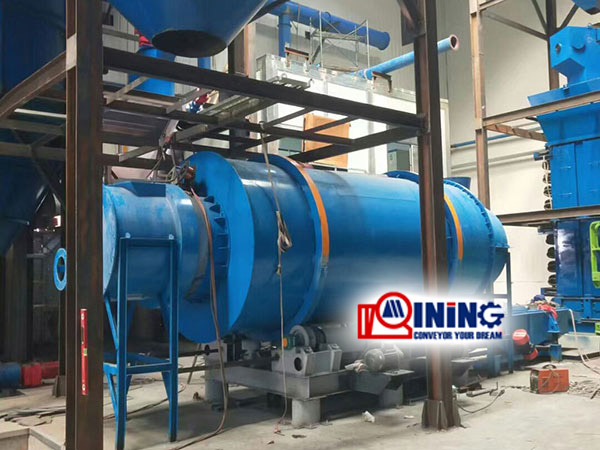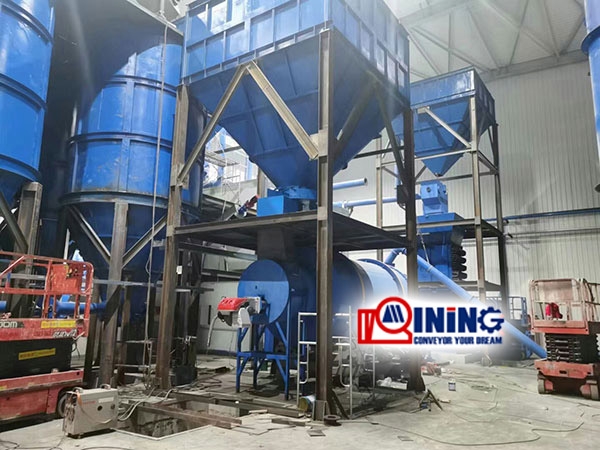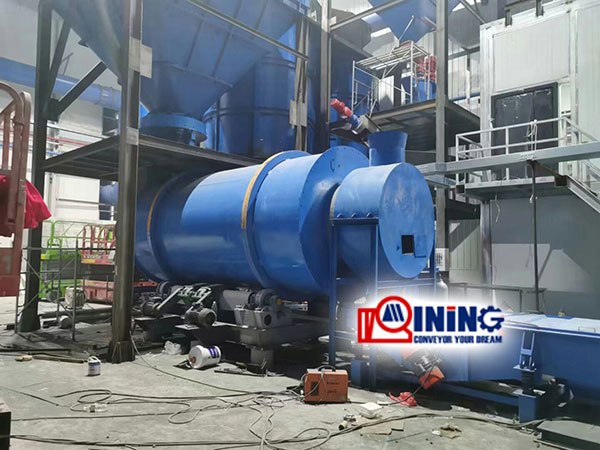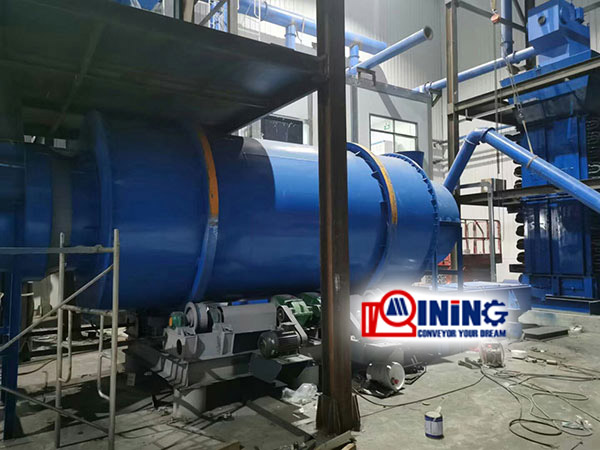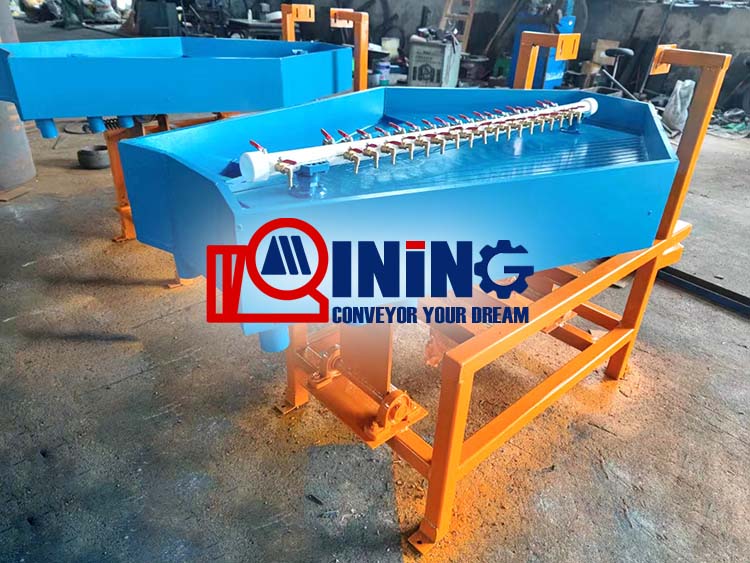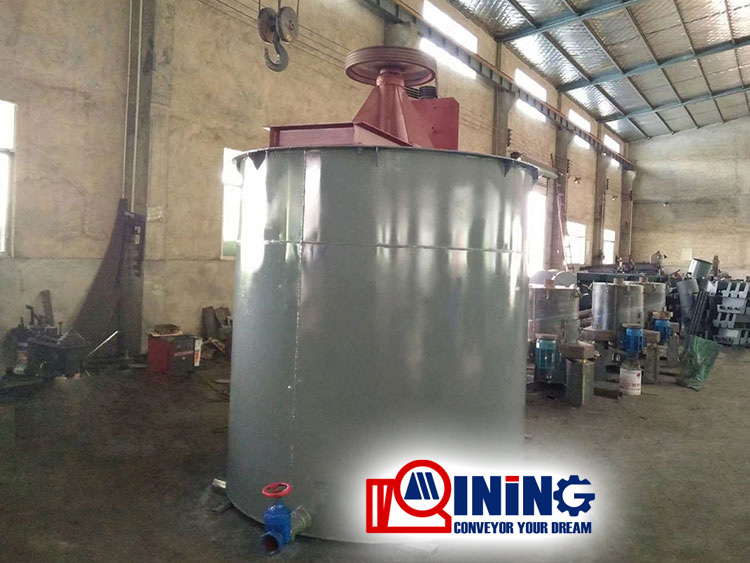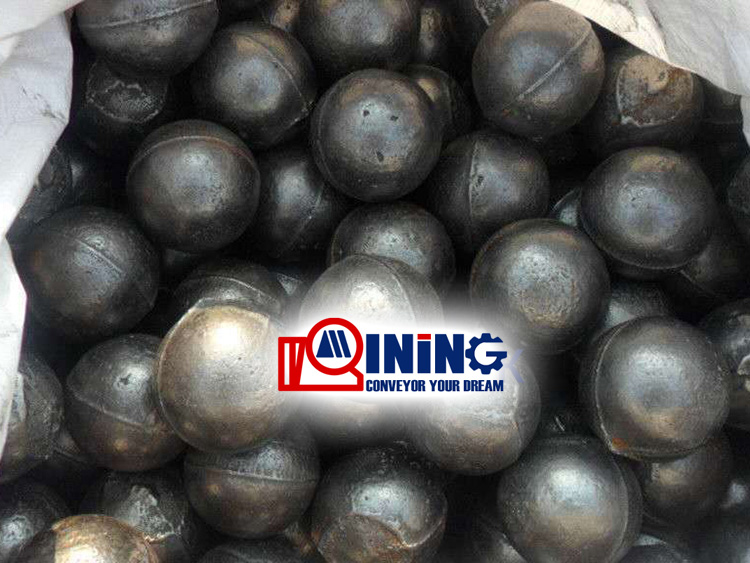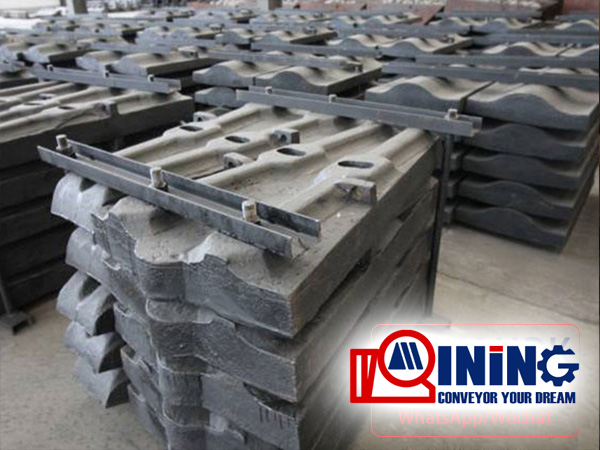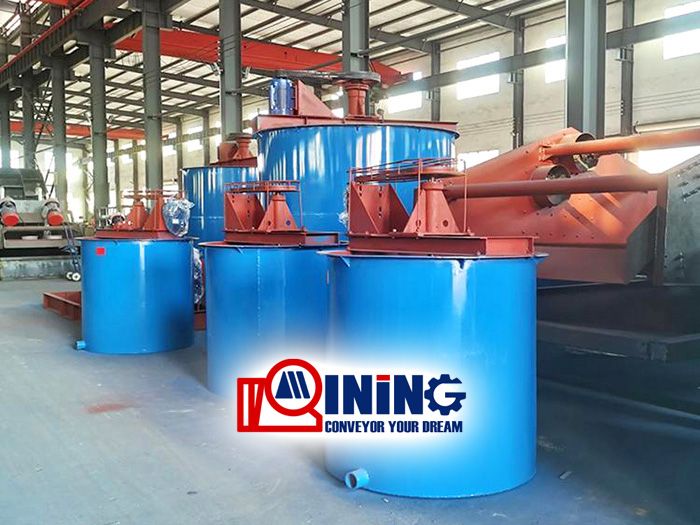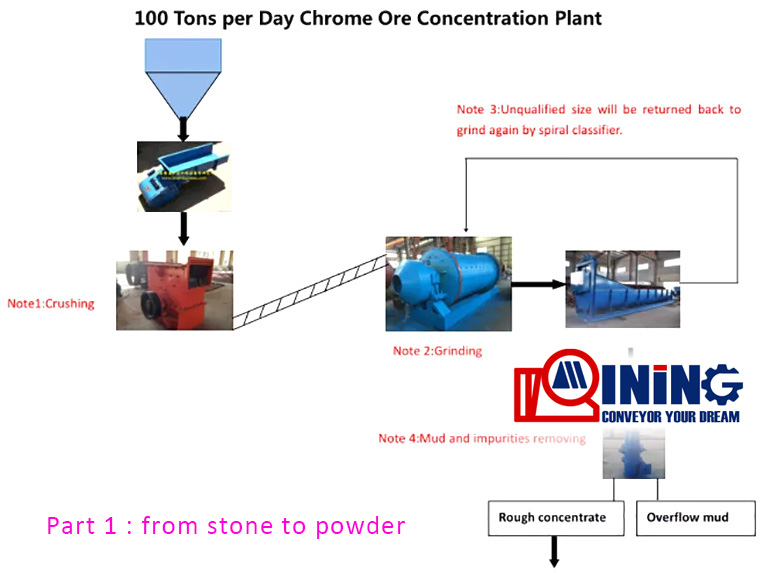Tungsten ore rotary dryer
Tungsten ore dryer rotary drum drying wolframite scheelite China Henanmining
Tungsten ore rotary dryer
Tungsten ore dryer, also known as tungsten ore drum dryer, adopts high-temperature hot air drying technology to dry materials to a moisture content of less than 5%. The tungsten ore dryer has multiple heat sources to choose from, such as natural gas, fuel oil, mixed fuel, etc. The specific heat source form can be selected according to customer needs. The drying process is environmentally friendly and low consumption, with uniform dryness and wetness, and high drying efficiency.
Application - Tungsten ore rotary dryer
Used for drying for all kinds of Tungsten mine,Wolframite,Scheelite,tungsten boride also gold,copper Pyrite, chalcopyrite, sometimes cassiterite, bismuthinite, and other minerals. Non metallic minerals include quartz, muscovite, apatite, calcite, etc
Features - Tungsten ore rotary dryer
1. Tungsten ore dryer has strong overload capacity, large processing capacity, low fuel consumption, and low drying cost;
2. Tungsten ore dryer adopts a downstream drying method, where the flue gas and wet materials enter the dryer from the same side. It can use high-temperature flue gas to achieve high evaporation intensity, with low outlet temperature and high thermal efficiency;
3. Tungsten ore dryer can change its operating parameters according to the properties of different materials, making the mass and heat exchange more complete;
4. Tungsten ore dryer adopts a new internal structure, which eliminates the sticking phenomenon on the inner wall of the cylinder and has stronger adaptability to material moisture and viscosity;
5. Tungsten ore dryer greatly reduces the wear of the retaining wheel, and the cylinder runs smoothly and reliably;
6. Tungsten ore dryer can control the product particle size and moisture content according to user requirements. When drying coal slurry, the product moisture content can reach below 8%, and the particle size can be controlled below 8mm
Parameter of the Tungsten ore rotary dryer
| Specifications | Capacity(tph) | Mainc Motor | Main reducer | Weight(t) | ||
| Power(kw) | Model | Model | Speed | |||
| φ1.2×10m | 2.5 | 7.5 | Y160M-R3 | ZL50-16-1 | 13.5 | |
| φ1.5×12m | 3.3-4.9 | 10 | Y160L-6B3 | JZQ500-III-2F | 18.9 | |
| φ1.5×15m | 4-6 | 18.5 | Y200L-6 | JZQ500-III-2F | 21 | |
| φ1.8×12m | 4-6 | 11 | Y200L-6 | ZQ50-16II-2 | 16.46 | 22.33 |
| φ2.2×12m | 7-12 | 18.5 | Y160L-6 | JZQ650-III | 31.5 | 37.6 |
| φ2.2×14m | 7-12 | 18.5 | Y160L-6 | JZQ750-III | 31.5 | 40 |
| φ2.2×16m | 12 | 30 | Y225M-6 | JZQ750-III | 31.5 | 45 |
| φ2.4×14m | 12 | 30 | Y250M-6 | JZQ750-III | 31.5 | 51 |
| φ2.4×18m | 10-15 | 37 | Y250M-6 | ZL85-13-1 | 27.16 | 54 |
| φ2.4×20m | 10-20 | 37 | Y250M-6 | ZL85-13-1 | 27.16 | 54.14 |
| φ3×20m | 25 | 55 | Y250M-4 | ZL100-16-1 | 41.52 | 78 |
| φ3×25m | 32-36 | 75 | YR280M-4 | ZL100-16-1 | 41.52 | 104.9 |
Tungsten ore introduction
Tungsten is a rare metal with excellent physical properties such as high melting point, high hardness, good electrical and thermal conductivity. It is commonly used as a material for steel, alloys, lighting, or chemical production.
Tungsten has a wide range of applications, mainly in metal processing, machinery, electronics, mining, heavy manufacturing, petrochemicals and other fields, accounting for 85% of the total consumption; Military, nuclear, and aerospace industries account for 15% of applications, with tungsten's main industrial use being the production of hard alloy materials and tungsten iron.


